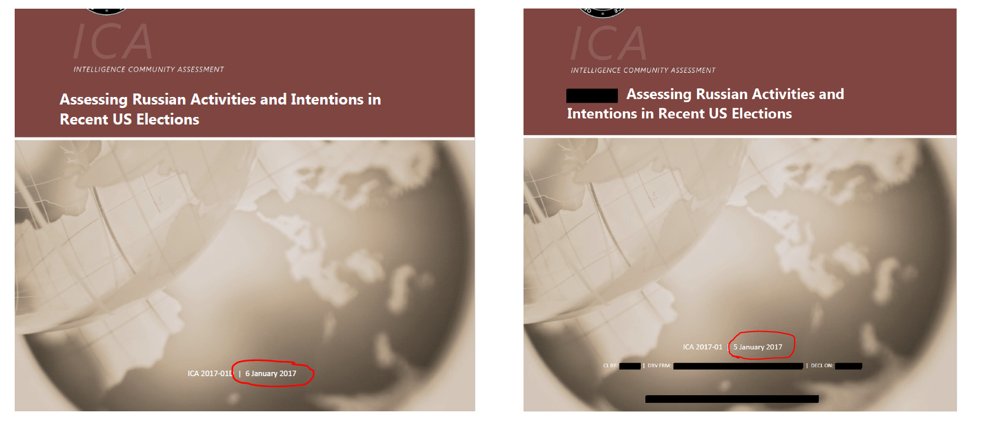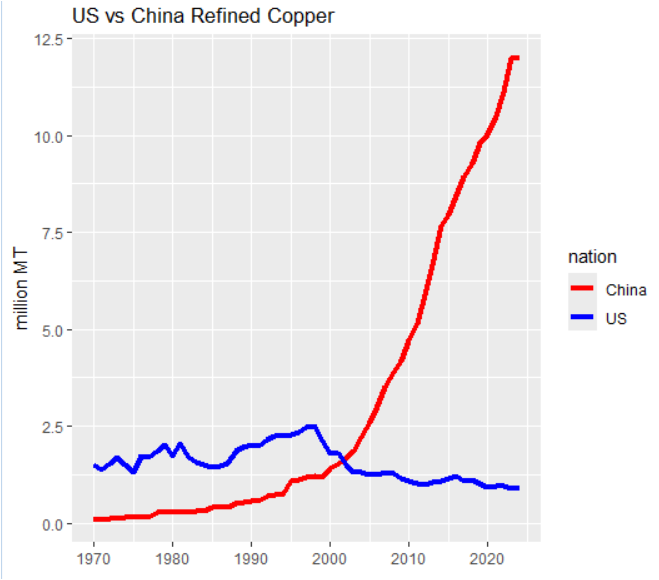on the left is a scene from the famous Hitler memes. The look of the scene is arguably derivative from or based on contemporary photographs of Hitler and his staff e.g. at right from Poltava, Ukraine planning campaign against Russia. 

there are multiple photographs of the Poltava planning meeting. The general in foreground of top picture and at left in lower pictures is Lt General Adolf Heusinger, who connects these events to subsequent history. Heusinger was primary author of Nazi military campaign vs Russia. 

after WW2, Heusinger became key member of Gehlen Org, US-sponsored US-funded anti-Soviet organization led and inhabited by Nazis. He then became W German general and, in 1961, chairman of NATO Military Committee.
At right, in 1964, with Robert McNamara, architect of Vietnam War
At right, in 1964, with Robert McNamara, architect of Vietnam War

the appointment of a former Hitler commander to a top NATO post caught the eye of a Daily Mirror cartoonist at the time (note Heusinger's name in caption). 

documents on the welcoming of Nazi leaders by US institutions have been concealed for decades, but started being available ~2010
Hitler's Shadow: Nazi War Criminals, US Intelligence and Cold War archives.gov/files/iwg/repo… contains an important chapter on Bandera and Ukraine Nazis
Hitler's Shadow: Nazi War Criminals, US Intelligence and Cold War archives.gov/files/iwg/repo… contains an important chapter on Bandera and Ukraine Nazis

in 2014, former NYT reporter Eric Lichtblau (whose correspondence with Fusion GPS was noted by Durham) published an important book entitled The Nazis Next Door: How America Became a Safe Haven for Hitler's Men. amazon.ca/Nazis-Next-Doo… 

Lichtblau was especially targeted by Fusion and/or Perkins Coie to cover the Alfa Bank hoax, but, to the enormous frustration of the Clinton campaign, Lichtblau not only didn't rise to bait, but wrote Oct 31/2016 article that deprecated Russia-Trump meme
nytimes.com/2016/11/01/us/…
nytimes.com/2016/11/01/us/…

according to this review of Lichtblau's book on US welcoming of Nazis, US "welcomed approximately 10,000 Nazis, some of whom had played pivotal roles in the genocide"archive.ph/gmzQB
This included Stepan Bandera, Yaroslav Stetsko and other Ukrainian Nazi collaborators.
This included Stepan Bandera, Yaroslav Stetsko and other Ukrainian Nazi collaborators.

overlooked in most western characterization of the Nazi movement is that they were not just virulently anti-Soviet, but virulently anti-Russian, who they characterized as sub-human. This is very evident in more recent Ukrainian neo-Nazi screeds.
needless to say, the incorporation of actual Nazis into US organizations after WW2 is also remembered by Russian historians e.g. this 2008 pamphlet from the Institute for Foreign Policy Research and Initiatives, Moscow. invissin.ru/upload/PDF/The… 

I'm more than a little dumbfounded that Adolf Heusinger, as a Nazi general advised Hitler on invasion of Russia and, as NATO chief of staff, advised Robert McNamara on invasion of Vietnam. 

• • •
Missing some Tweet in this thread? You can try to
force a refresh

























